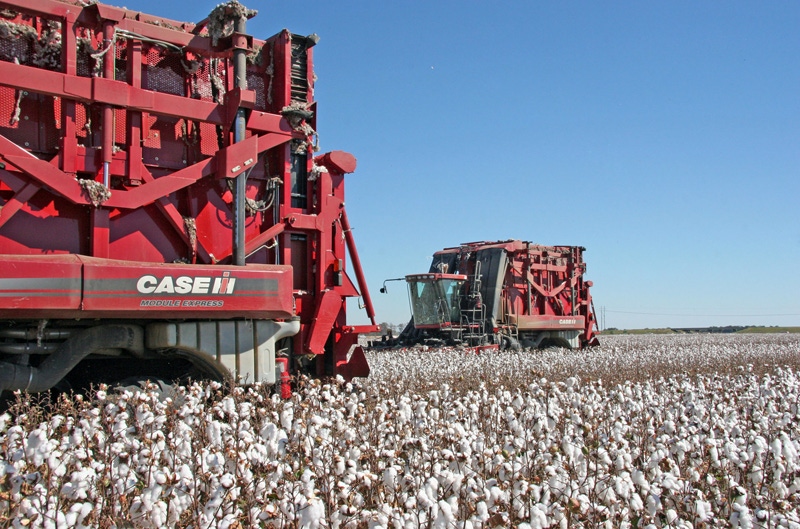
We are living in historic times with old crop cotton futures bouncing around $1.50 per pound at the time of this writing. What is also extraordinary is that physical cotton prices are right there with them.
This strong connection between futures and cash did not exist during the cotton price spike of March 2008 when physical prices essentially became decoupled from futures for a period of time.
Today, cotton fundamentals, which were missing in action in the 2008 run-up, are back in full force. World consumption is again expected to exceed world production. Stocks are dwindling. There is simply not enough cotton to feed the market. The result is that cotton prices have at times been otherworldly.
One example of this was provided by Kevin Brinkley, vice president of The Seam, based in Memphis. The Seam is an anonymous online trading platform that allows sellers to create offers that go out to the buying community. Buyers can purchase at the listed price or negotiate the price.
In late October, an offering of cotton bales between 21 and 31 in color, between 2-leaf and 3-leaf, and with a staple of 36, sold on the Seam for 50 points above $1.30. “That was all charges paid,” Brinkley said. “It is really highly unusual that cotton has sold for over $1.30, at 730 basis points on December at the time it sold. I’ve never seen anything like it.”
I checked back with Kevin a few days later on Nov. 2, and sales were even stronger, with some high qualities of cotton going for slightly over $1.50.
Definitely the strongest physical prices we have seen our lifetimes. Historic times, indeed.
The last time cotton reached a dollar on fundamental news was in 1995, when U.S. ending stocks plunged below 3 million bales. In October 2010, USDA’s latest supply and demand report estimates U.S. stocks at 2.7 million bales.
The volume of sales at The Seam is not as high as it’s been in the past, but Brinkley points out that “the market is taking this cotton as soon as it hits the screen. It’s definitely a seller’s market.”
The primary sellers at this point are cotton producers, while primary buyers are merchants, according to Brinkley, “but occasionally we have mills come in and buy. A lot of the cotton trading on the system is Texas-based, but we do have some Memphis-East cotton. In fact, the cotton that was trading for over $1.30 (in October) was from Georgia.”
Markets like these tend to end abruptly, according to some of the experts. But who knows when the ride will end. In the meantime, these are exciting times for those still selling cotton.
About the Author(s)
You May Also Like






